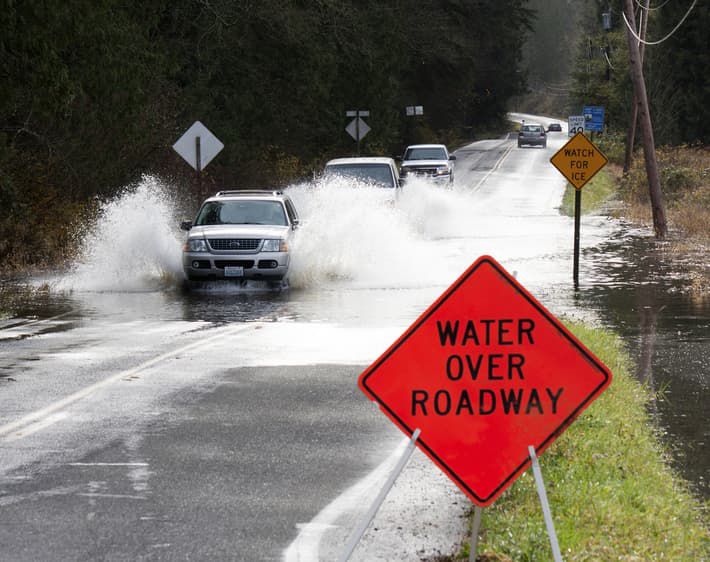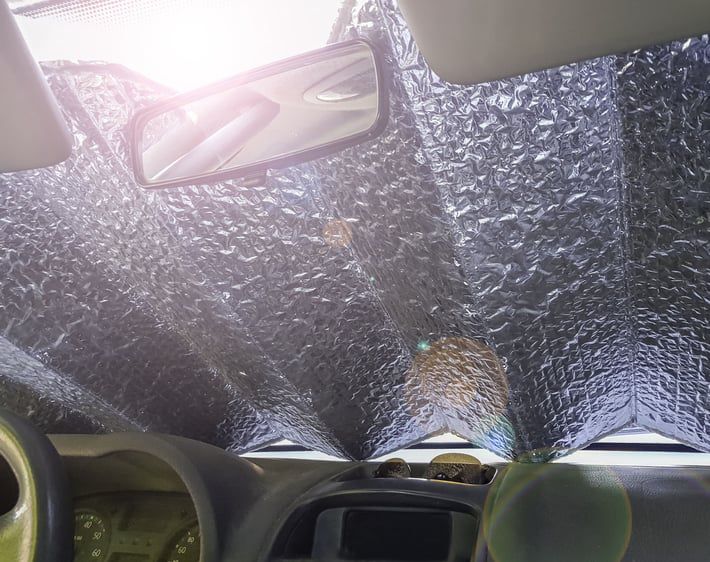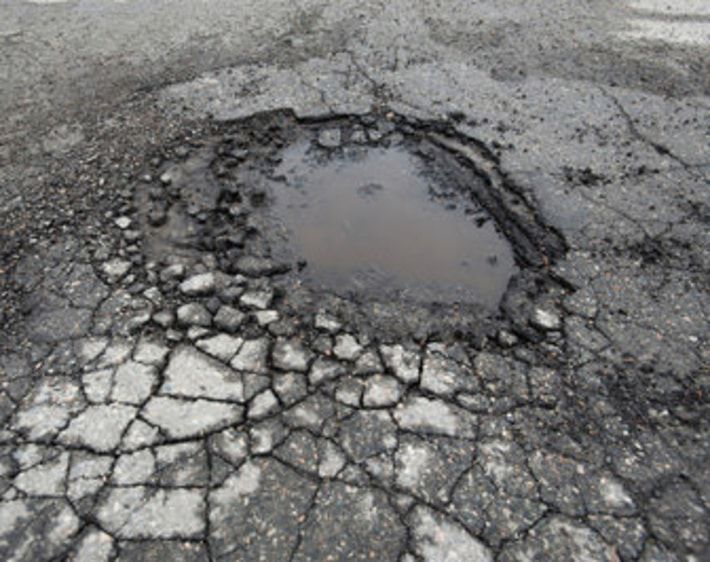With winter in the rearview mirror and the promise of many sunny days ahead, it can be easy to overlook springtime driving hazards. However, taking a few precautions may help ensure you — and your vehicle — make it safely to your next destination. Here are six springtime driving hazards you should know.
1. Daylight Savings Time
Data tells us there’s an increase in car accidents after daylight savings time (DST) is implemented each year, according to Healthline. In fact, fatal car crashes jump 6% the week following DST. Not only does this "spring forward" time change affect daylight hours, it can also affect people's sleep cycles and even cause sleep deprivation.
How To Avoid This Driving Hazard: Ensure that you get plenty of rest in the days leading up to, and away from, any time changes in your part of the country.
2. Improperly Inflated Tires
During winter, your tires can slowly lose air pressure. For every 10-degree drop in temperature, your tires can lose one to two PSI. Drivers who don’t understand this phenomenon might end up overinflating the tires when warmer springtime temperatures elevate the PSI. The result is overinflated tires that can fail to provide their ideal amount of traction.
How To Avoid This Driving Hazard: Make checking your vehicle’s tire pressure a regular event regardless of the time of year.
3. Wet Roads and Hydroplaning
Water on roadways from melting snow and ice and spring rains can create ideal conditions for hydroplaning. Overly-wet road conditions may cause your tires to not have adequate grip, potentially causing a loss of traction and control at faster speeds. Additionally, oil residue can mix with all that water to create exceptionally slick driving conditions.
How To Avoid This Driving Hazard: Maintain safe driving practices at all times, such as driving on reliable tires with optimal traction, observing the speed limit, and keeping a safe distance from vehicles ahead of you.
4. Potholes
Winter can be rough on roads. Repeated cycles of water from melting snow seeping into cracks and then freezing, melting, and freezing again create the perfect environment for potholes, making springtime pothole season. These jarring depressions can result in tire blowouts, bent rims, and drivers losing control of their vehicles.
How To Avoid This Driving Hazard: No collection of safety tips for spring driving would be complete without addressing potholes. Alert driving and a quality set of tires are your best defense.
5. Wild Animals
Sudden braking can lead to hydroplaning situations when the roads are wet, and a variety of animals can create the need for such a swift reaction. Whether their activity is due to ending hibernation, mating, or merely enjoying the weather as much as the rest of us, animals such as deer pose considerable dangers to drivers in springtime.
How To Avoid This Driving Hazard: Be on the lookout for deer and other animal crossing signs — especially during dawn and dusk — and observe posted speed limits.
6. Pedestrians and Other Drivers
Springtime brings out people like a picnic brings out ants. We all love to bask in those first sunny days of spring. This means increased pedestrian and vehicle traffic, more bicyclists and motorcyclists, and potentially distracted drivers lost in conversation or just the right cruising playlist.
How To Avoid This Driving Hazard: Be prepared to make concessions to increased numbers of pedestrians on the roads, whether they’re biking, skateboarding, jogging or anything else. Avoid distracted driving; keep your eyes on the road!
Spring Safely at Tires Plus
Being aware of these and other spring driving tips is a great place to start — but may not always be enough! Make sure your vehicle is ready for spring by visiting your local Tires Plus. Shop for the right tires for your vehicle, and get expert preventative maintenance services to help keep you in the driver's seat this spring.



